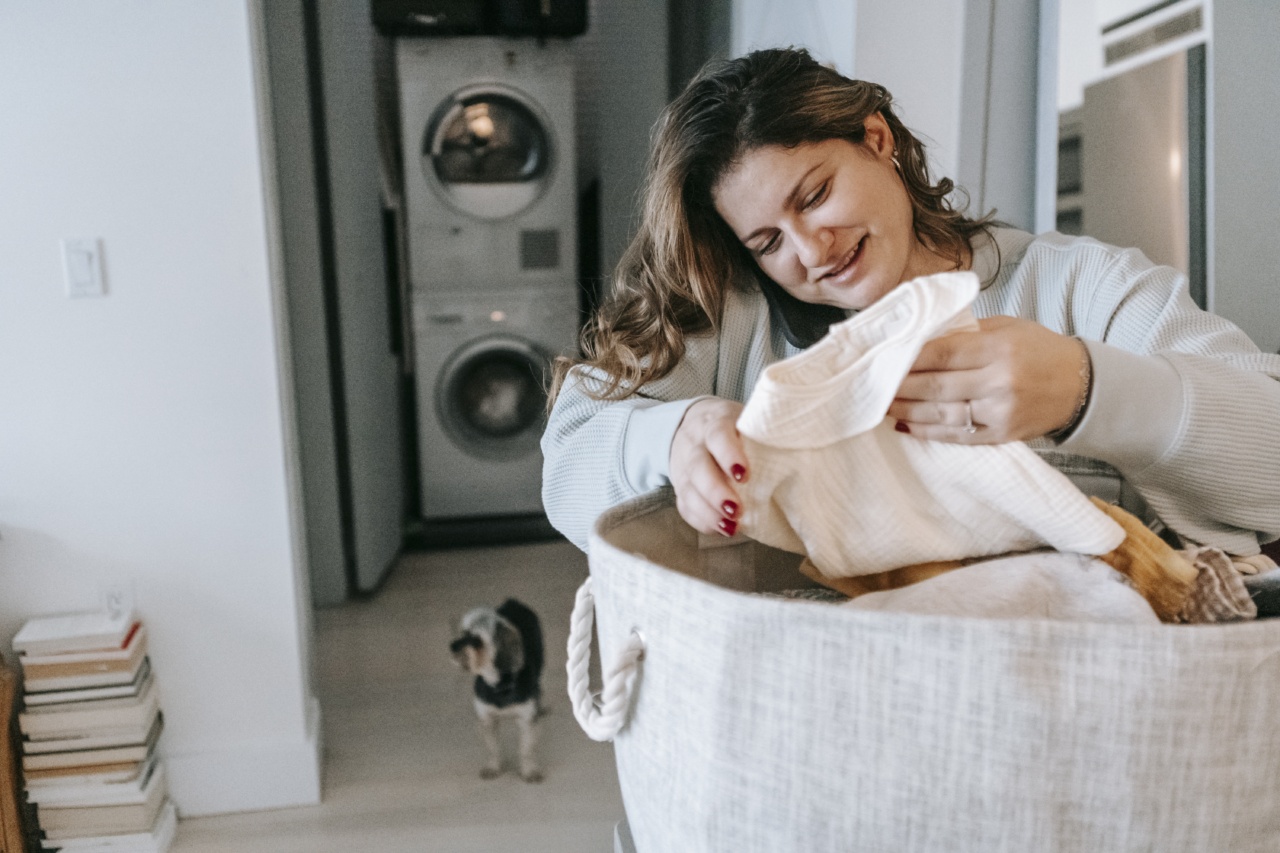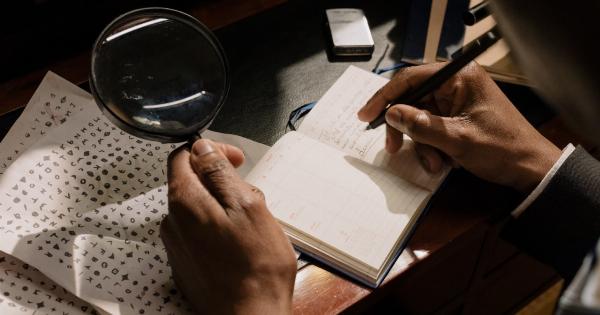Dogs are loyal companions that bring joy and happiness to our lives. However, understanding their bathroom behavior can be challenging for some dog owners.
In this article, we will provide insight into the reasons why dogs behave the way they do when it comes to their bathroom habits.
How often should your dog go to the bathroom?
How often your dog needs to go to the bathroom depends on various factors such as age, breed, diet, and physical activity. Generally, adult dogs need to pee between two and four times a day.
However, puppies and elderly dogs may need to go more frequently.
If your dog is drinking a lot of water or has an underlying medical condition, they may need to go more often. If you notice your dog is suddenly going more frequently, consult with your veterinarian to rule out any medical issues.
Why do dogs circle before they poop?
Dogs have an innate instinct to prepare their environment before they eliminate. By circling, they are attempting to create a comfortable spot to do their business.
This instinct is inherited from their wild ancestors who would have to deal with tall grass and underbrush. Circling helped them clear the area so that they could move freely.
If your dog is circling excessively or appears to be in distress, it could indicate that they are experiencing discomfort while attempting to have a bowel movement. Contact your veterinarian if you notice any of these symptoms.
Why do dogs sniff before they pee?
Dogs have an incredible sense of smell and use this sense to communicate with other dogs. When a dog sniffs around before they pee, they are attempting to detect any scents left by other dogs.
By doing this, they are leaving their own scent as a way of marking their territory.
This behavior also helps dogs establish their social status with other dogs. A dominant dog will mark a larger area and will leave their scent higher up, while a submissive dog may only mark a small area.
Why do dogs sometimes eat poop?
Dogs eating poop is not uncommon, and it can be a worrying behavior for many pet owners. This behavior is called coprophagia, and it can have several underlying causes.
Some dogs may eat poop because they are not getting enough nutrients from their diet, while others may do it out of boredom or anxiety. In some cases, it may be a symptom of an underlying medical issue.
If you notice your dog eating poop, speak with your veterinarian to rule out any underlying health issues. You may also want to consider feeding your dog a high-quality dog food that provides all the necessary nutrients.
Why do dogs sometimes go to the bathroom in the house?
Dogs who are not fully trained may go to the bathroom in the house, but there can also be other reasons for this behavior. Some dogs may mark their territory by urinating inside the house, while others may do it out of anxiety or fear.
If you notice your dog going to the bathroom in the house, it is essential to identify the underlying cause. Try to keep a close eye on them and understand their routine.
If the problem persists, schedule an appointment with your veterinarian to rule out any medical issues.
Why do dogs sometimes lick their urine?
While this behavior may seem gross to humans, it is quite common among dogs. Dogs may be drawn to the scent of their urine, and therefore, they may lick it as a way of incentivizing them to urinate.
In some cases, excessive licking may be a sign of anxiety or boredom. If your dog is displaying obsessive licking behavior, schedule an appointment with your veterinarian.
Why do dogs sometimes urine mark in the house?
Dogs may urine mark in the house as a way of establishing or reinforcing their territory. In some cases, they may also be expressing anxiety or fear.
It is essential to identify the underlying cause of the behavior and address it accordingly. You may want to consider working with a professional dog trainer or behaviorist to help address the issue.
Conclusion
Understanding your dog’s bathroom behavior is an essential part of being a responsible pet owner. By recognizing the signs and symptoms associated with their behavior, you can help keep your pet happy and healthy.
If you notice any unusual behavior, always consult with your veterinarian to rule out any underlying medical issues.






























